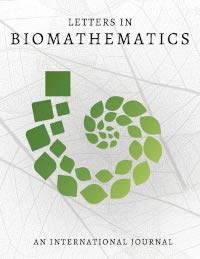Optimization of Agent-Based Models Through Coarse-Graining
A Case Study in Microbial Ecology
DOI:
https://doi.org/10.30707/LiB8.1.1647878866.083342Keywords:
Optimization, Agent-based models, Pareto frontier, Microbial biofilmsAbstract
Optimization and control are important objectives across biology and biomedicine, and mathematical models are a key enabling technology. This paper reports a computational study of model-based multi-objective optimization in the setting of microbial ecology, using agent-based models. This modeling framework is well-suited to the field, but is not amenable to standard control-theoretic approaches. Furthermore, due to computational complexity, simulation-based optimization approaches are often challenging to implement. This paper presents the results of an approach that combines control-dependent model reduction with Pareto optimization, applied to two models of multi-species bacterial biofilms. It shows that this approach can be successful for models whose computational complexity prevents effective simulation-based optimization.
